Katrangan
Introduction to Pipeline Pigging
Pipeline operators must clean and inspect pipelines regularly. To achieve this, they use a tool called a Pipeline Inspection Gauge, commonly known as a pig. Pigs travel inside pipelines to perform various tasks. They remove debris, check for damage, and separate different fluids to maintain pipeline integrity.
How the Pigging Process Works
The pigging process begins with insertion. Operators place the pig into a launcher. Then, they use product pressure to push the pig through the pipeline. As the pig moves, it scrapes away buildup and collects valuable data. Finally, the pig exits through a receiver at the end of the pipeline.
Types of Pipeline Inspection Gauges
There are different types of pigs, each serving a specific role.
- Reresik babi remove wax, rust, sludge, and other deposits.
- Inspection pigs, often called intelligent pigs, carry sensors that collect internal pipeline data.
Operators select pigs based on pipeline size, contents, and specific maintenance needs.
Intelligent Pigs and Data Collection
Intelligent pigs provide advanced diagnostics. These pigs use technologies such as magnetic flux leakage or ultrasonic testing to detect corrosion, cracks, or dents. Operators analyze the data to plan preventive maintenance. This helps avoid leaks, ruptures, and costly downtime.
Operational and Environmental Benefits
Pigging also improves pipeline efficiency. Clean pipelines reduce pressure loss and require less energy to transport fluids. In addition, regular pigging supports environmental safety by preventing leaks that could harm land or water sources.
Applications in Different Pipeline Systems
Pigging works in both new and existing pipelines. Operators schedule pigging based on flow rate, product type, and operational conditions. They also monitor pig movement using tracking systems to ensure the pig completes its journey safely and effectively.
Kesimpulan
The Pipeline Inspection Gauge plays a vital role in oil and gas operations. It combines cleaning, inspection, and safety into one efficient process. By using pigs, operators maintain pipeline performance, reduce risks, and extend the life of critical infrastructure.

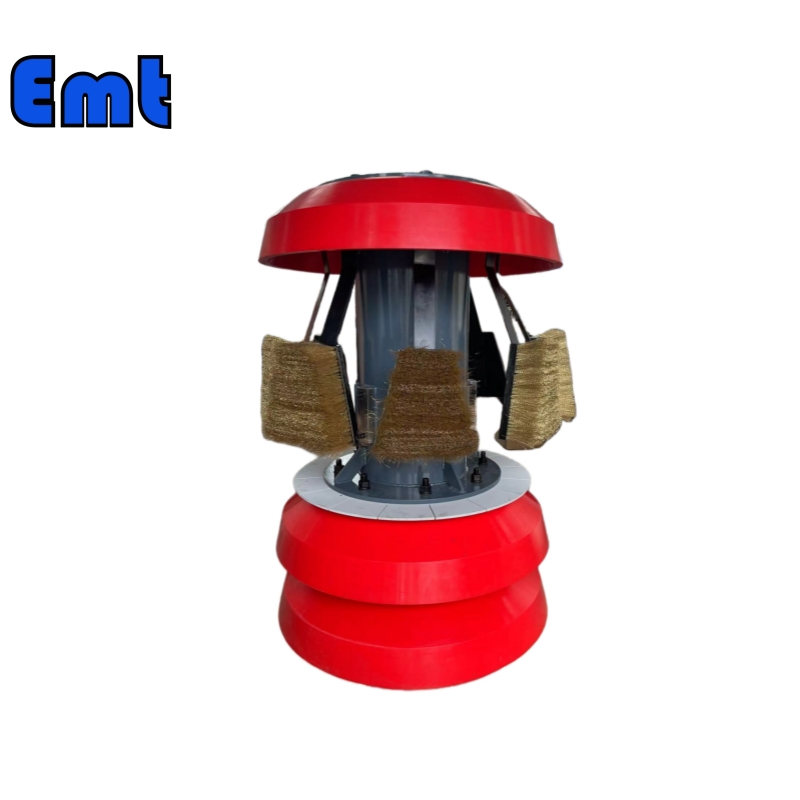
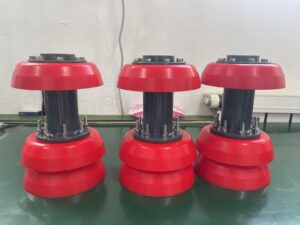
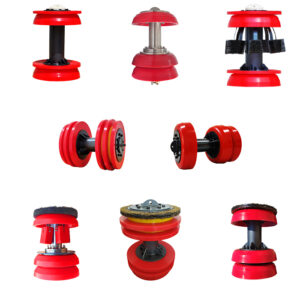
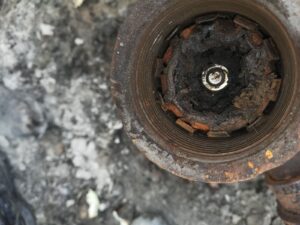
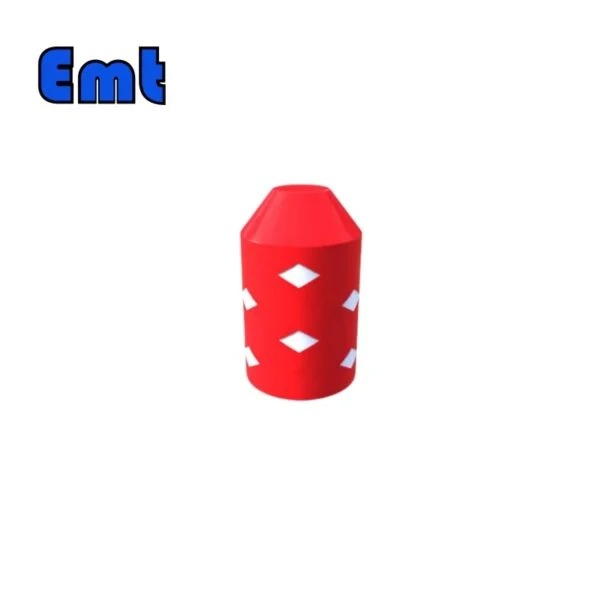
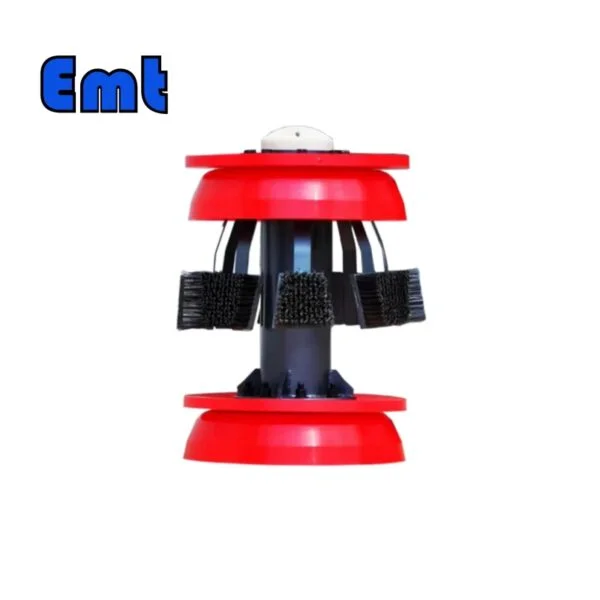
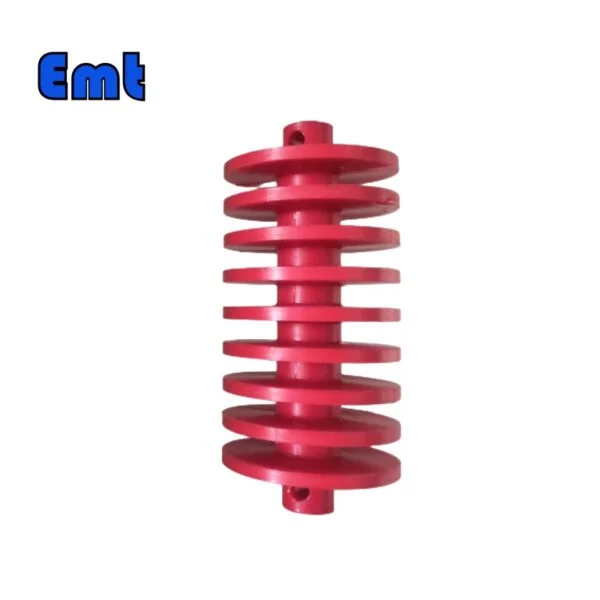
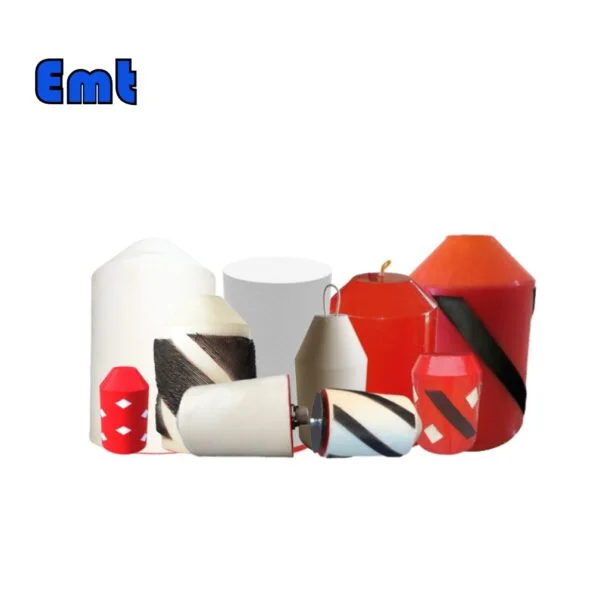
Ulasan
Durung ana review.